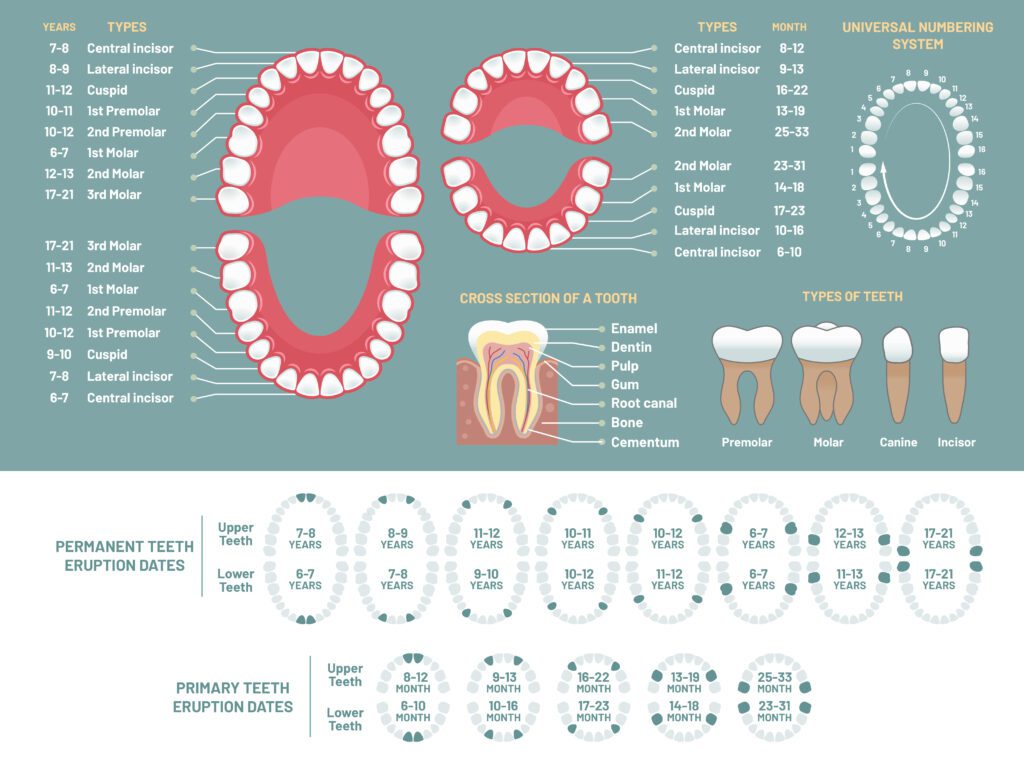Introduction

One of the remarkable innovations that has gained substantial attention is the Cone Beam Computed Tomography (CBCT) scanner. This cutting-edge imaging modality supports diagnostic and therapeutic preparation by offering a detailed image of the oral and maxillofacial tissues. The advantages and disadvantages of using CBCT scanners in contemporary dentistry are presented.
Understanding CBCT Scanners
High-resolution, multi-planar images of the patient’s dental and cranial organs can be produced with a dental imaging technique called cone beam computed tomography (CBCT), which incorporates an organized, cone-shaped X-ray beam. CBCT scanners, contrary to traditional X-ray machines, supply 3D pictures in elaborate cross-sectional views, allowing dentists to evaluate anatomical features with pinpoint accuracy. The multi-planar imaging features of CBCT scanners make them ideal for presenting the temporomandibular joint (TMJ), sinuses, and root canals, among other convoluted anatomical structures.
Functionalities and Benefits
1. High-Quality Imaging:
CBCT scanners generate high-resolution images that provide comprehensive anatomical details. Complicated dentistry activities, such as prosthetic insertion and orthognathic treatment, benefit enormously from this sensitivity.
2. Minimal Radiation Exposure:
CBCT scanners use a lower radiation dose than traditional medical CT scans, enhancing patient safety while maintaining diagnostic accuracy.
3. Accurate Treatment Planning:
Dentists can accurately plan implant placement, root canal treatments, and orthodontic interventions by assessing bone density, nerve pathways, and surrounding anatomical structures.
4. Improved Diagnosis:
CBCT scans assist in diagnosing issues that conventional 2D radiographs might overlook. Conditions like dental infections, impacted teeth, fractures, and bone pathologies become more evident with the detailed images provided by CBCT scans.
5. Efficient Workflow:
The speed of CBCT scans ensures a more efficient clinical workflow, allowing dentists to capture essential diagnostic information and proceed with treatment planning promptly.
6. Better Patient Education:
With 3D representation, dentists can more effectively convey strategies for treatment to their patients, causing better choices and a greater level of happiness among patients.
You can also see this: A COMPREHENSIVE OVERVIEW OF CBCT SCANNING IN 2023
Applications of CBCT Scanners in Dentistry
1. Implant Dentistry:


CBCT scans aid in assessing bone quality and quantity, ensuring optimal implant placement and reducing the risk of complications.
2. Orthodontics:
Dentists use CBCT imaging to analyze tooth and bone relationships, identify impacted teeth, and plan orthognathic surgeries for more accurate results.
3. Endodontics:
CBCT scans assist endodontists in identifying complex root canal anatomy, locating fractures, and evaluating the effectiveness of treatment.
4. Oral and Maxillofacial Surgery:


Regarding dental and maxillary surgery, CBCT scanning is necessary for preoperative preparation of interventions involving extractions of teeth, jaw reorganization, and TMJ (temporomandibular joint) disorders rehabilitation.
5. Periodontics:
Dentists use CBCT scans to assess bone levels, detect periodontal defects, and plan gum surgeries precisely.
6. Airway Analysis:
CBCT scanners are increasingly utilized for assessing airway obstructions and abnormalities, diagnosing and treating sleep apnea and other breathing-related issues.
Challenges and Considerations
While CBCT scanners offer numerous advantages, there are specific considerations to keep in mind:
1. Radiation Exposure:
Despite using lower radiation doses than medical CT scans, limiting CBCT scans to cases where the benefits outweigh the potential risks, particularly for pediatric and pregnant patients, is essential.
2. Cost:
CBCT scanners are a significant investment for dental practices. Factors such as patient needs and practicing specialization must be considered when establishing whether or not the financial assets are appropriate.
3. Training:
Proper training is crucial for dental professionals to effectively capture and interpret CBCT images. Inaccurate image acquisition and analysis could lead to misdiagnosis or incorrect treatment planning.
4. Data Management:
3D images generated by CBCT scanners are data-intensive. Dental offices necessitate dependable archive options for the secure administration and long-term retention of medical records.
Conclusion
By producing high-resolution 3D pictures that substantially enhance diagnosis, treatment planning, and interaction among patients, cone-beam computerized tomography (CBCT) equipment has transformed contemporary dental care. Dental surgical medication, orthodontic therapy, up-endodontics, dental and maxillofacial procedures, periodontics, and respiratory studies are some domains where CBCT scanners have become fundamental because of their ability to record precise physiological information with minimal patient irradiation consumerism.
Dentists may gain information from CBCT visualization but must weigh the threats, expenditures, and time involvement involved. CBCT machines have already played an essential part in developing dental services, resulting in better patient outcomes and oral health, and this trend is only anticipated to continue as technology evolves.
FAQS
Q1: What is a CBCT scanner in dentistry?
A1: A CBCT scanner, short for Cone Beam Computed Tomography, is an advanced imaging technology used in dentistry to create detailed 3D images of a patient’s oral and maxillofacial structures. Supply dentistry with comprehensive physiological data; it utilizes a rounded X-ray beam to produce cross-sectional images.
Q2: How does a CBCT scanner differ from traditional X-rays?
A2: Traditional X-rays produce 2D images, while CBCT scanners generate 3D images. Enhanced diagnosis, treatment planning, and comprehension of physiological interactions are just some of the positive effects of using CBCT to acquire images of the cavity in the mouth.
Q3: What are the benefits of using CBCT scanners in dentistry?
A3: CBCT scanners offer several benefits, including high-quality imaging, minimal radiation exposure, accurate treatment planning, improved diagnosis of complex issues, efficient workflow, and enhanced patient communication. These advantages contribute to better patient care and treatment outcomes.
Q4: What are the applications of CBCT scanners in dentistry?
A4: CBCT scanners have numerous applications in dentistry, including implant dentistry (for precise implant placement), orthodontics (for analyzing tooth and bone relationships), endodontics (for complex root canal cases), oral and maxillofacial surgery (for surgical planning), periodontics (for assessing bone levels), and airway analysis (for diagnosing breathing-related issues).
Q5: Are CBCT scans safe in terms of radiation exposure?
A5: CBCT scanners use a lower radiation dose than medical CT scans, making them safer for patients. However, using them judiciously and only when necessary is essential, especially for more sensitive populations such as children and pregnant individuals.





